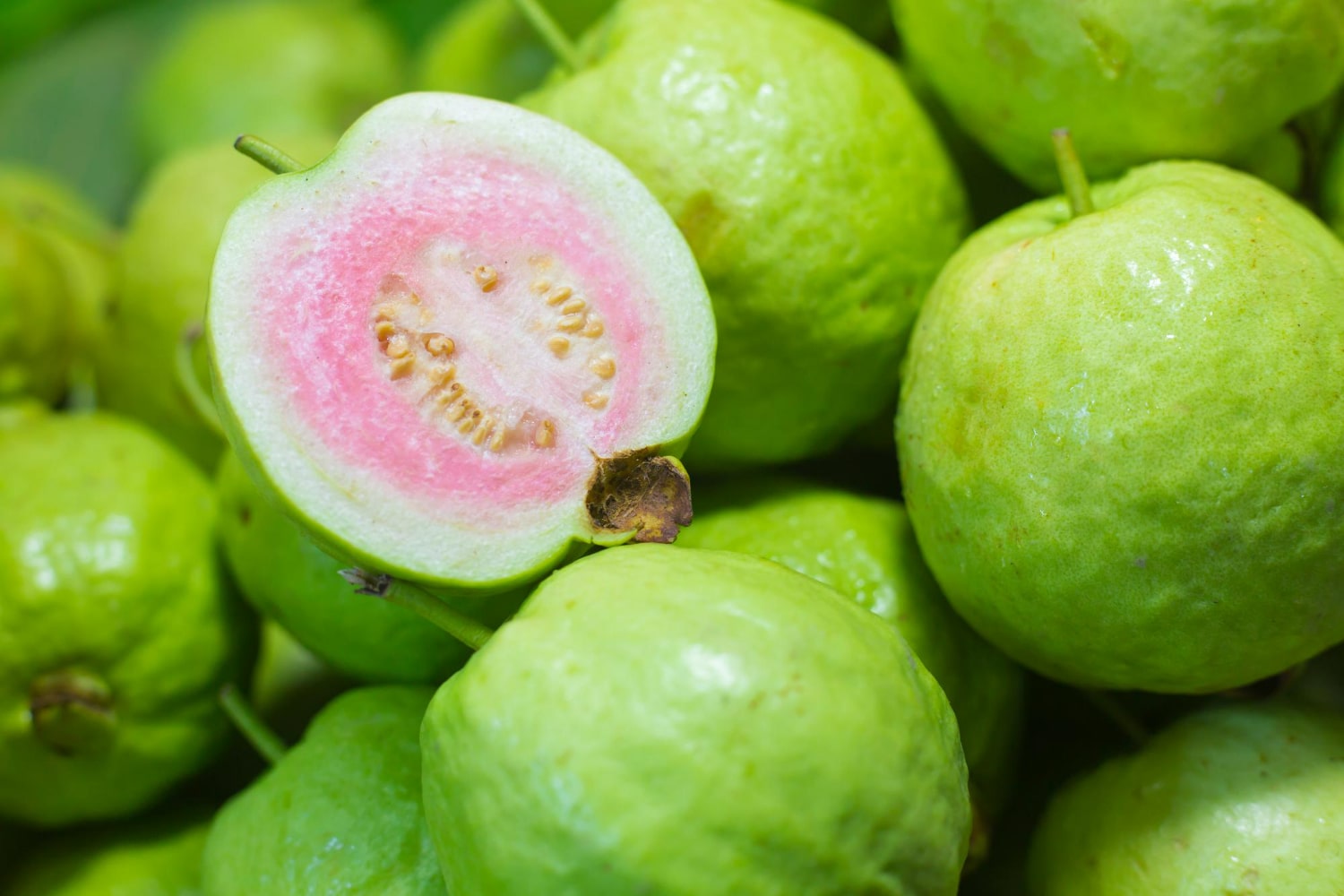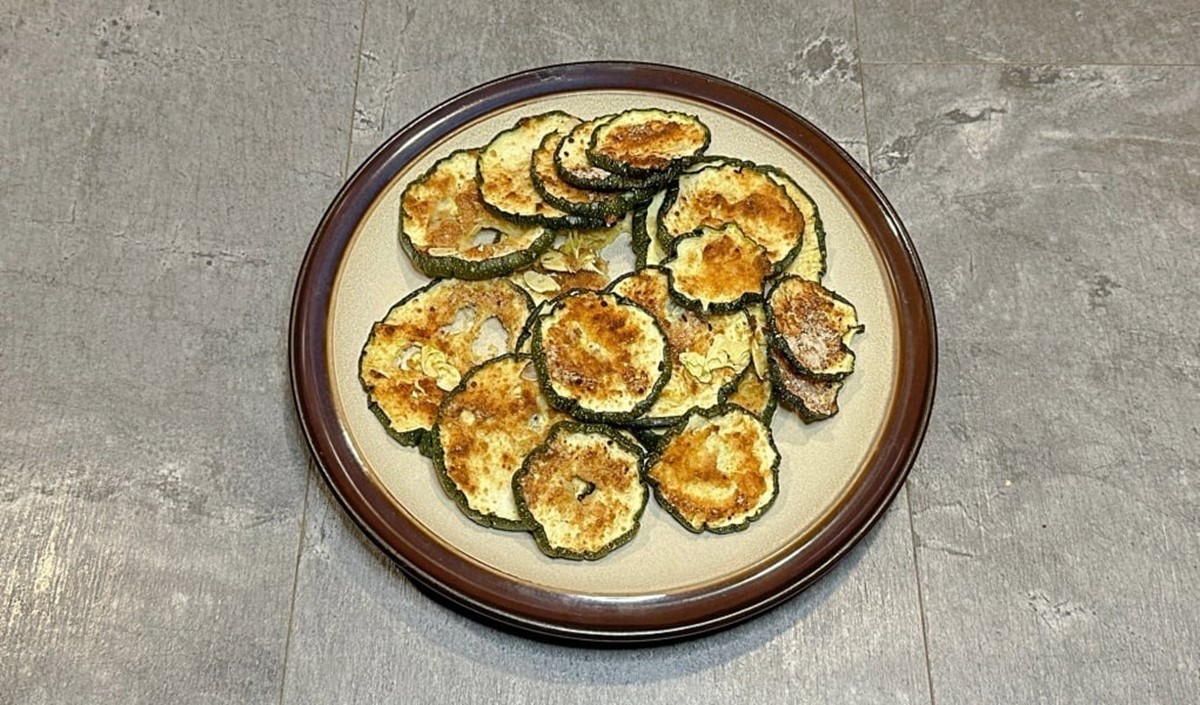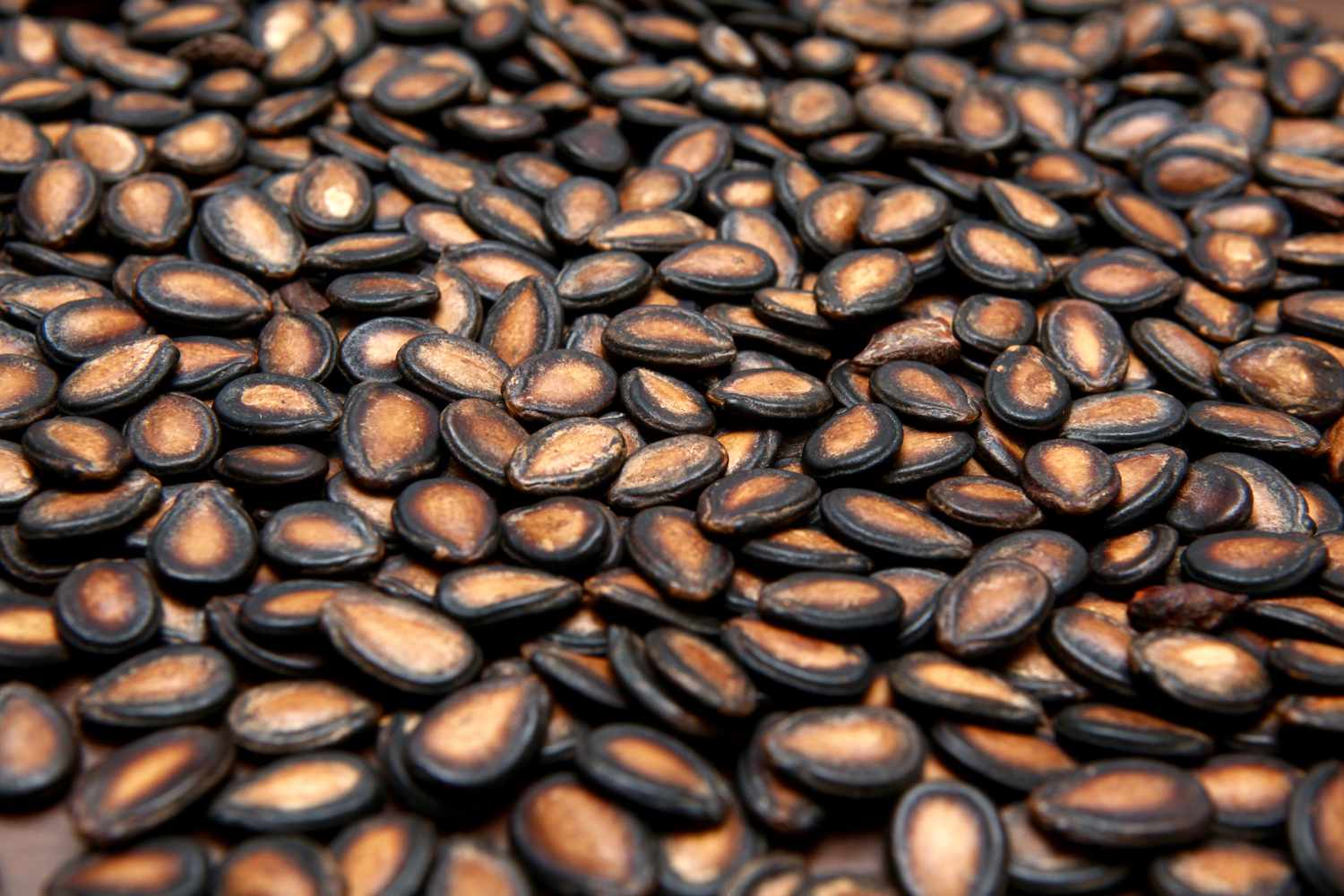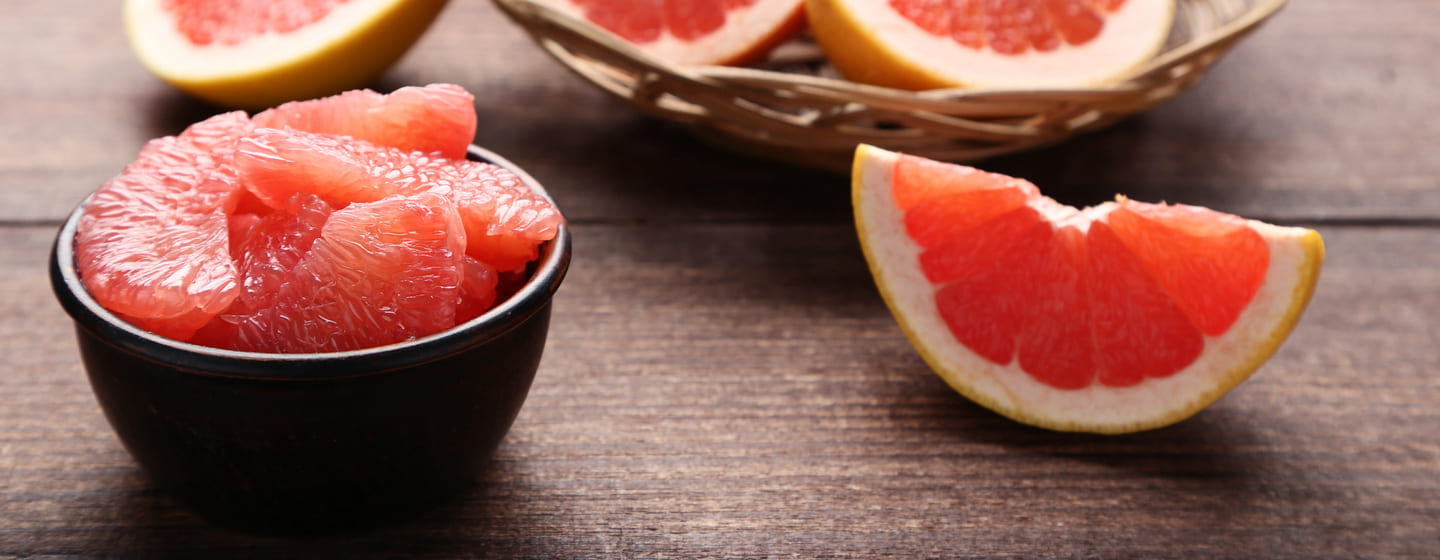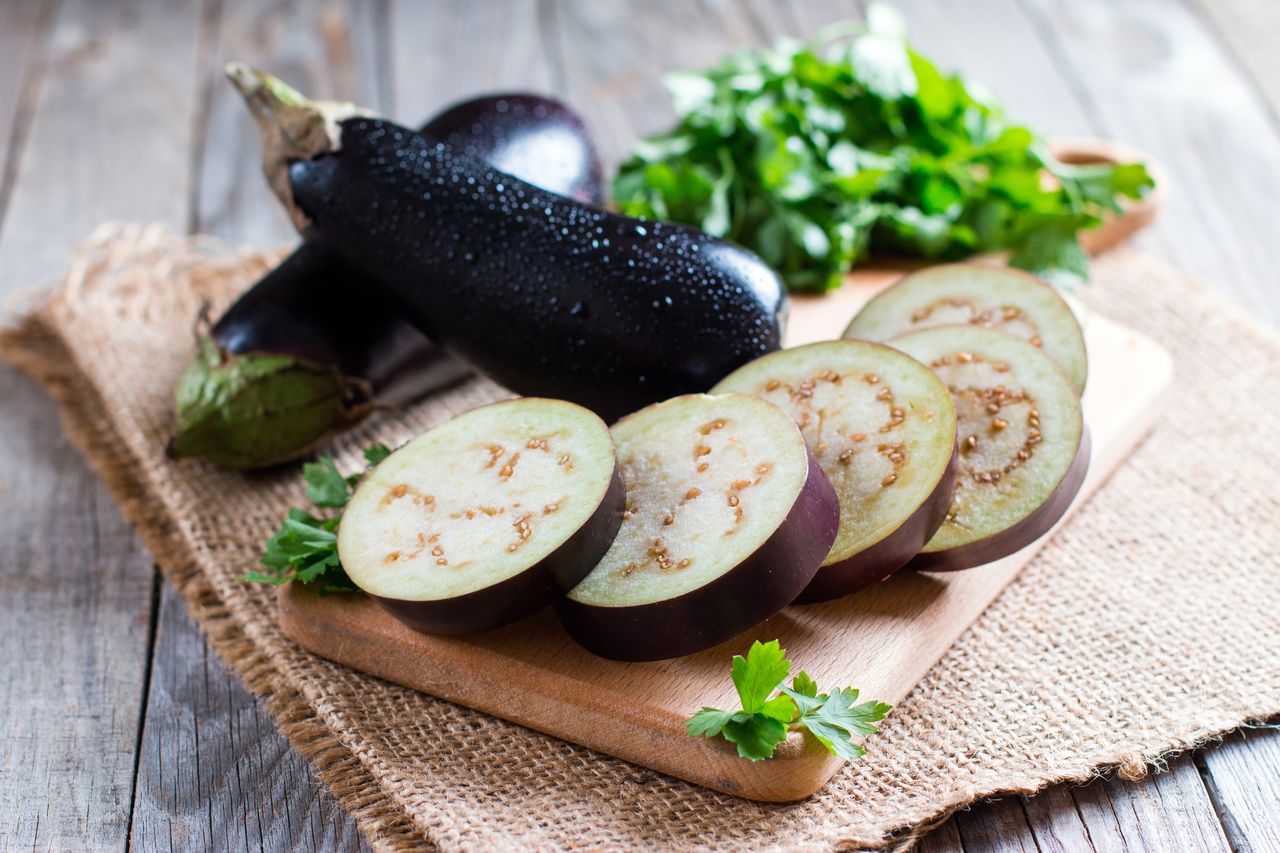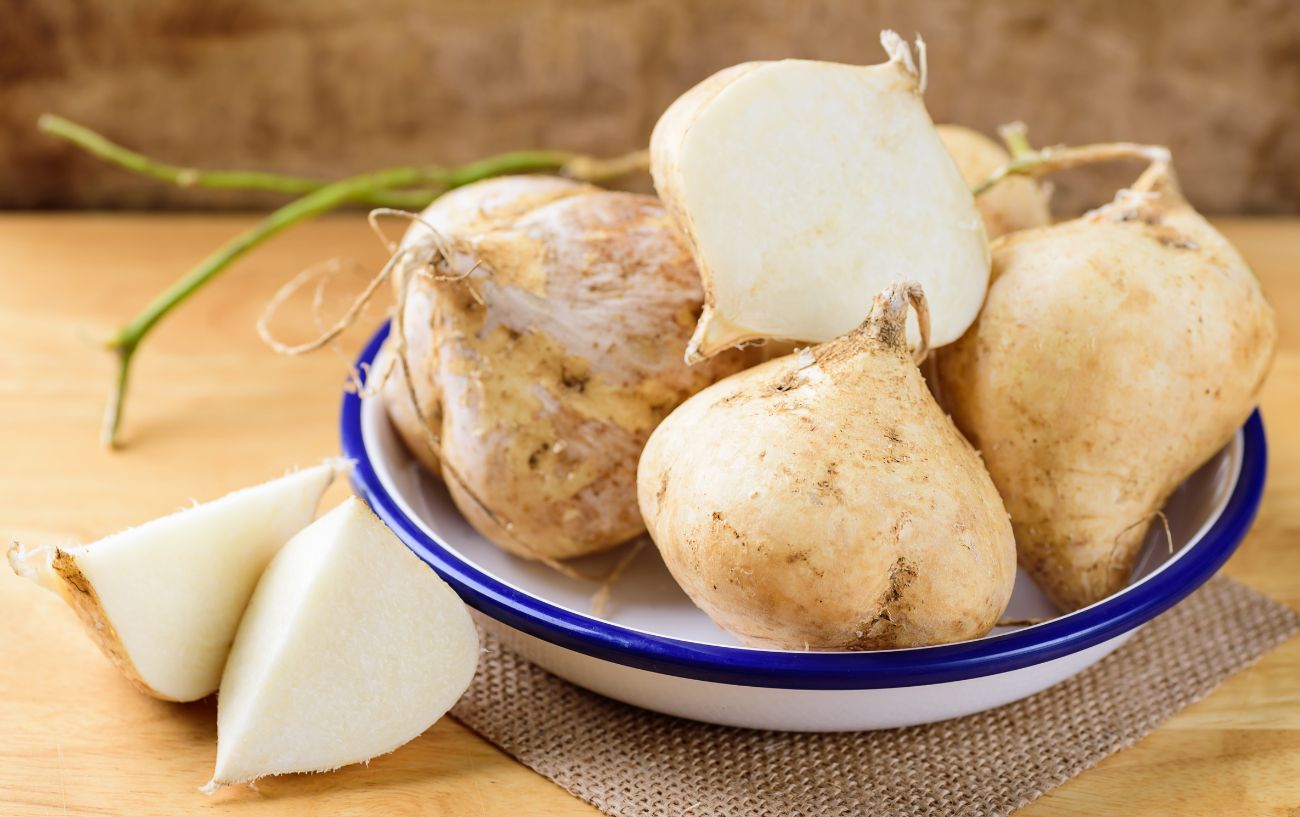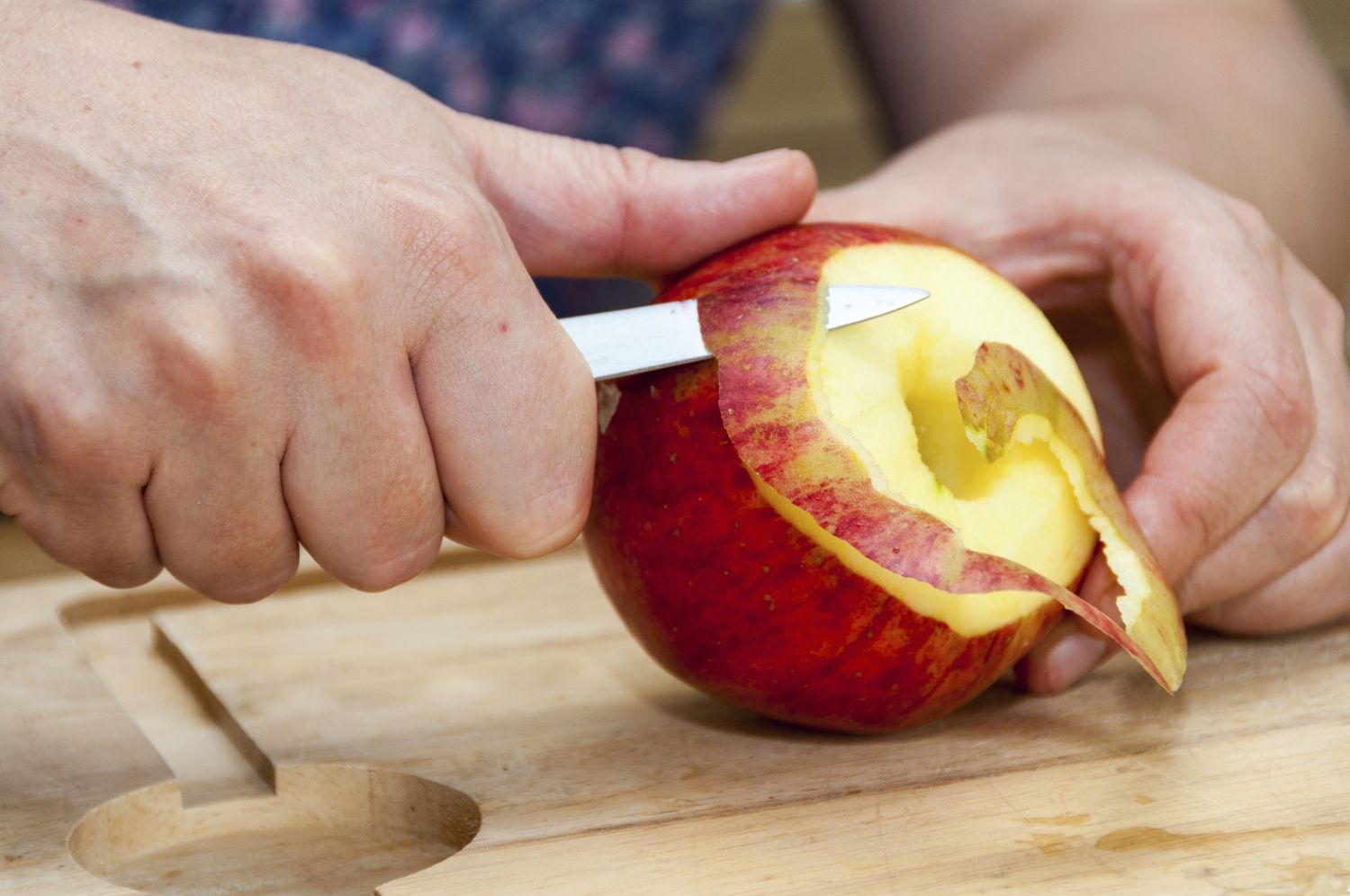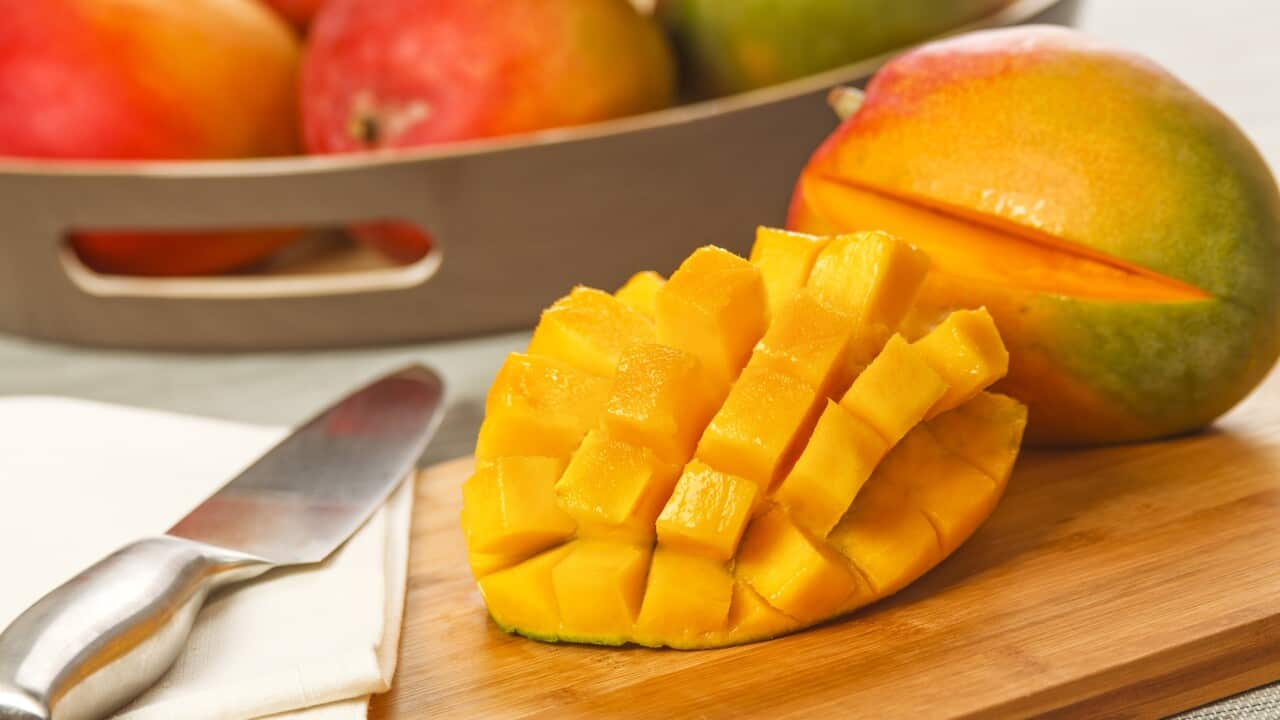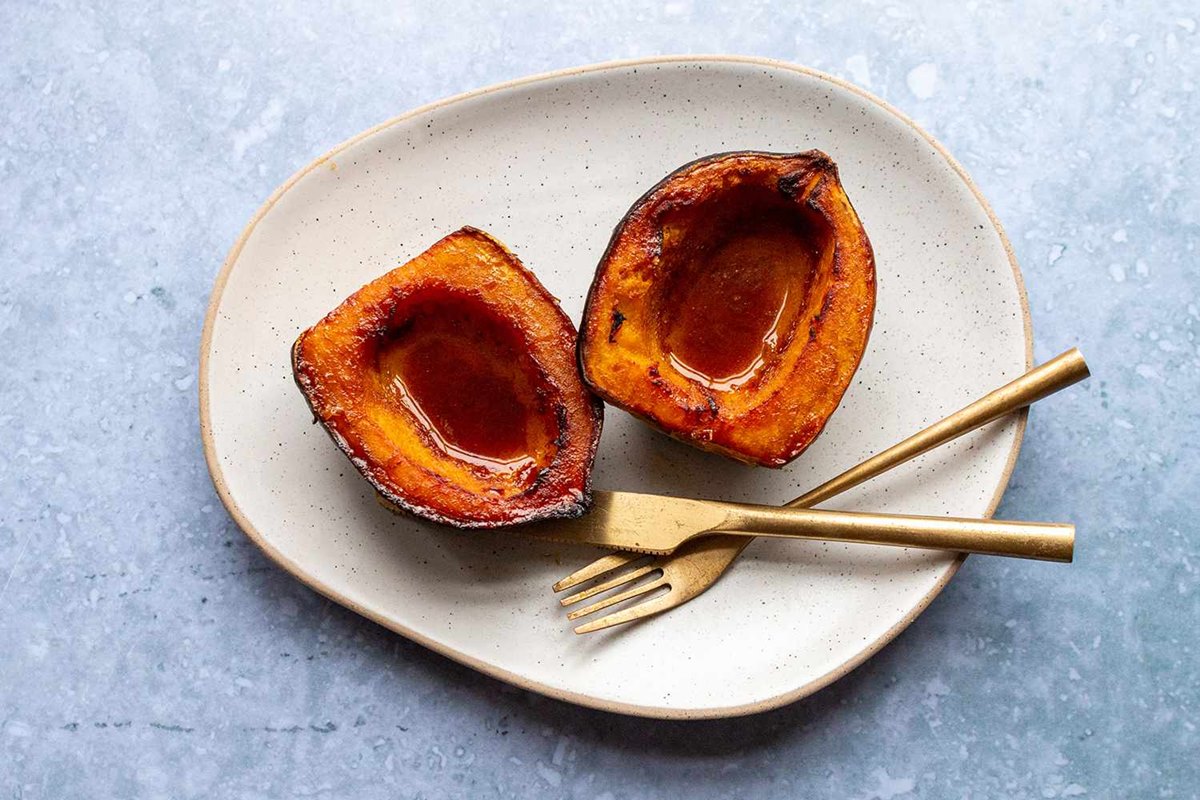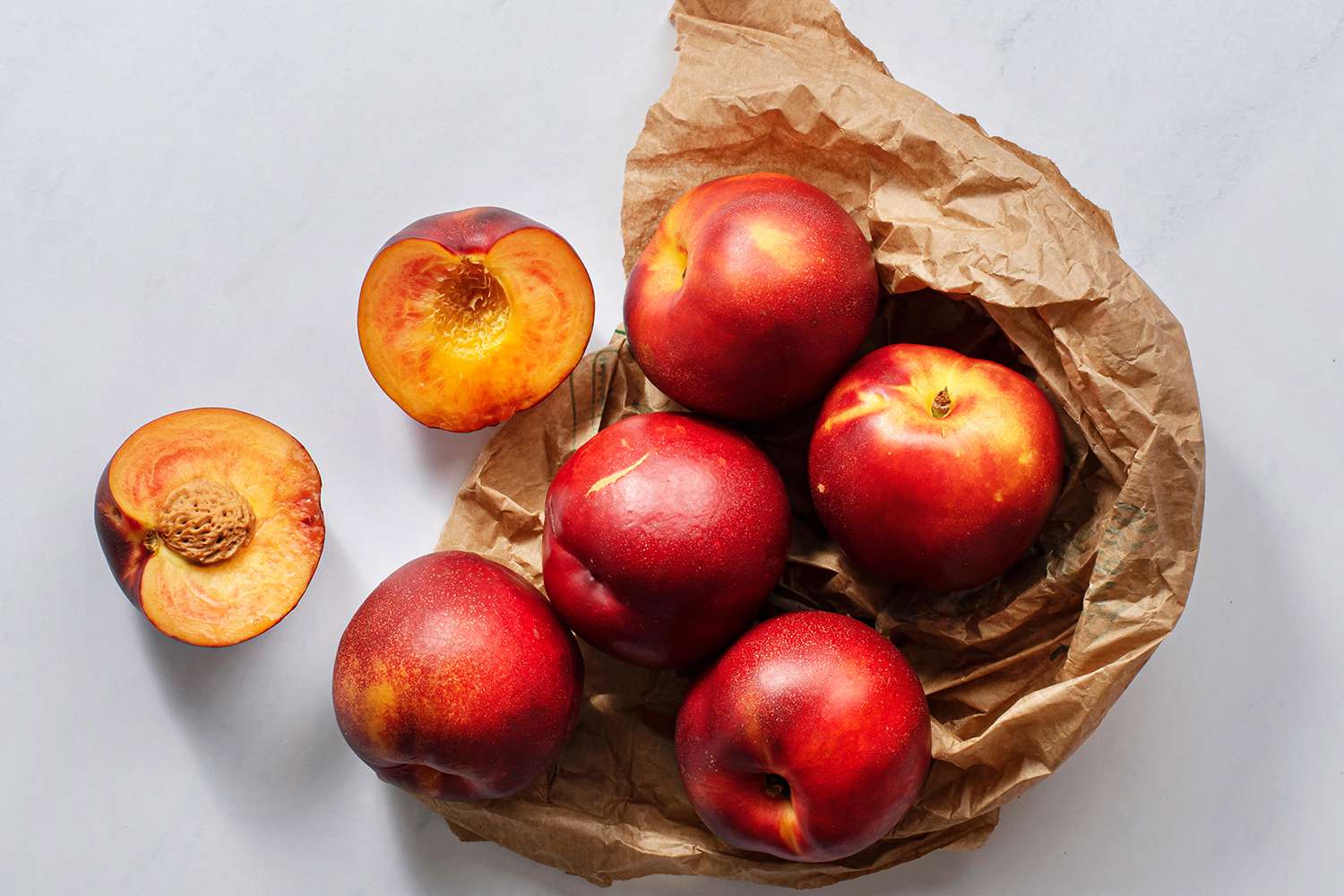Understanding a Low Fiber, Low Residue Diet
Following a low fiber, low residue diet can be challenging, especially if you’re used to consuming a lot of fruits, vegetables, and whole grains. However, this type of diet can be beneficial for individuals with certain medical conditions, such as Crohn’s disease, ulcerative colitis, or after certain types of surgery. The goal of this diet is to minimize the amount of undigested food and waste in the colon, which can help reduce symptoms such as diarrhea, abdominal pain, and gas.
What to Eat
When following a low fiber, low residue diet, it’s important to focus on consuming foods that are easily digestible and low in fiber. Here are some foods that are typically allowed on this type of diet:
- White bread and refined grains
- White rice
- Well-cooked vegetables without skins or seeds
- Canned or well-cooked fruits without skins or seeds
- Tender, well-cooked meats
- Eggs
- Dairy products such as milk, yogurt, and cheese
- Smooth nut butters
- Refined pasta
What to Avoid
On a low fiber, low residue diet, it’s important to limit or avoid foods that are high in fiber, as well as those that are difficult to digest. Here are some foods that are typically restricted on this type of diet:
- Whole grains
- Nuts and seeds
- Raw fruits and vegetables
- Dried fruits
- Legumes
- Tough, fatty, or highly seasoned meats
- Coconut
- Popcorn
- Granola
Tips for Success
Adhering to a low fiber, low residue diet may require some planning and creativity, but it’s certainly possible to enjoy a varied and tasty diet while following these guidelines. Here are some tips to help you succeed:
- Experiment with different cooking methods: Steaming, boiling, and stewing can help make vegetables and fruits easier to digest.
- Opt for smooth: Choose smooth nut butters, creamy soups, and pureed fruits and vegetables to minimize the amount of residue in your diet.
- Read labels: When purchasing packaged foods, be sure to check the nutrition labels for fiber content and choose products that are low in fiber.
- Stay hydrated: It’s important to drink plenty of fluids, especially if you’re consuming less fiber than usual. Aim for at least 8 glasses of water per day.
- Work with a dietitian: If you’re struggling to plan meals or find suitable foods, consider consulting with a registered dietitian who can provide personalized guidance and support.
Final Thoughts
While following a low fiber, low residue diet may require some adjustments to your eating habits, it can be an effective way to manage certain digestive conditions and promote healing after surgery. By focusing on easily digestible foods and minimizing fiber intake, you can help reduce symptoms and support your overall health and well-being.
Always consult with a healthcare professional or a registered dietitian before making significant changes to your diet, especially if you have a medical condition or specific dietary needs.


